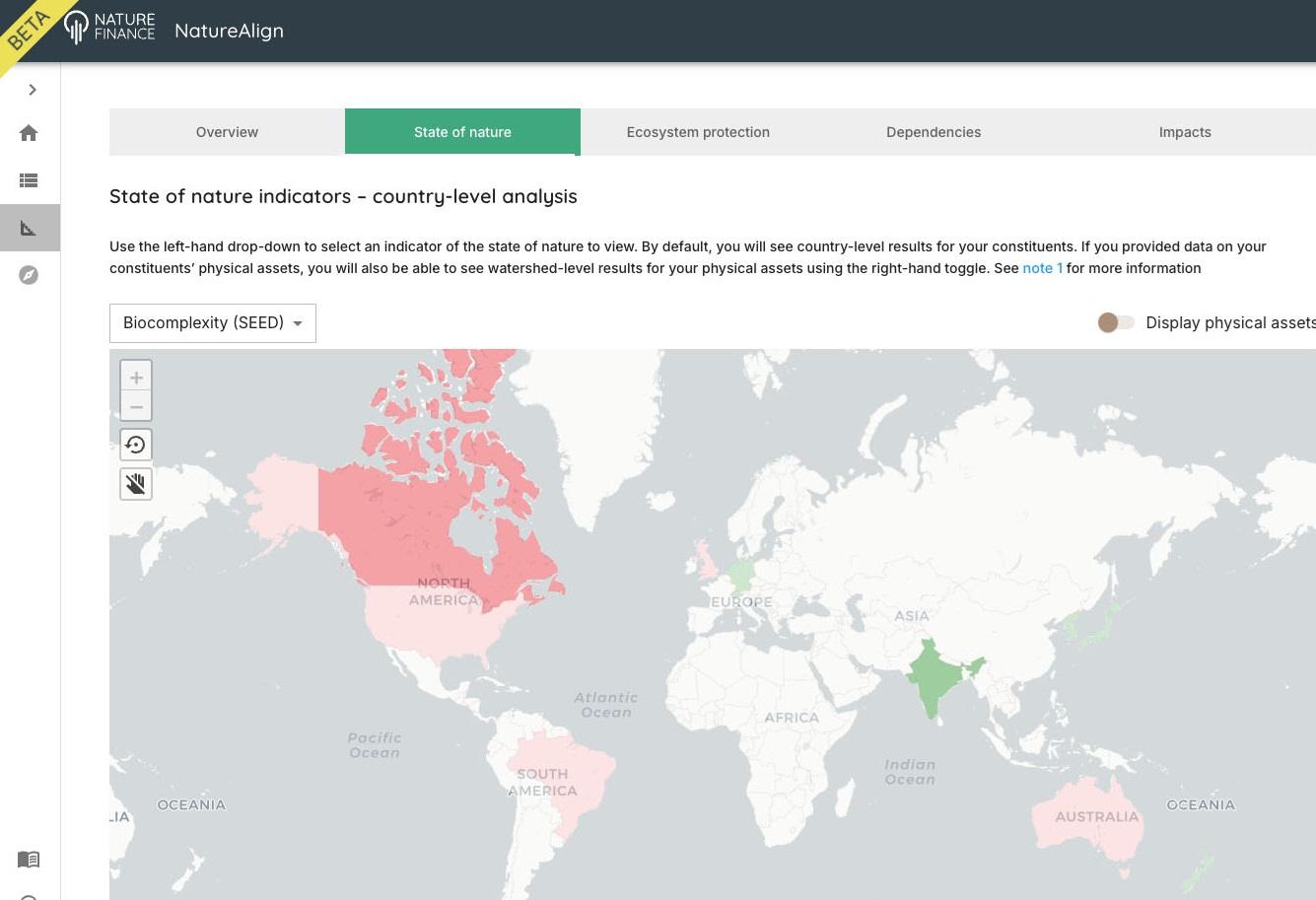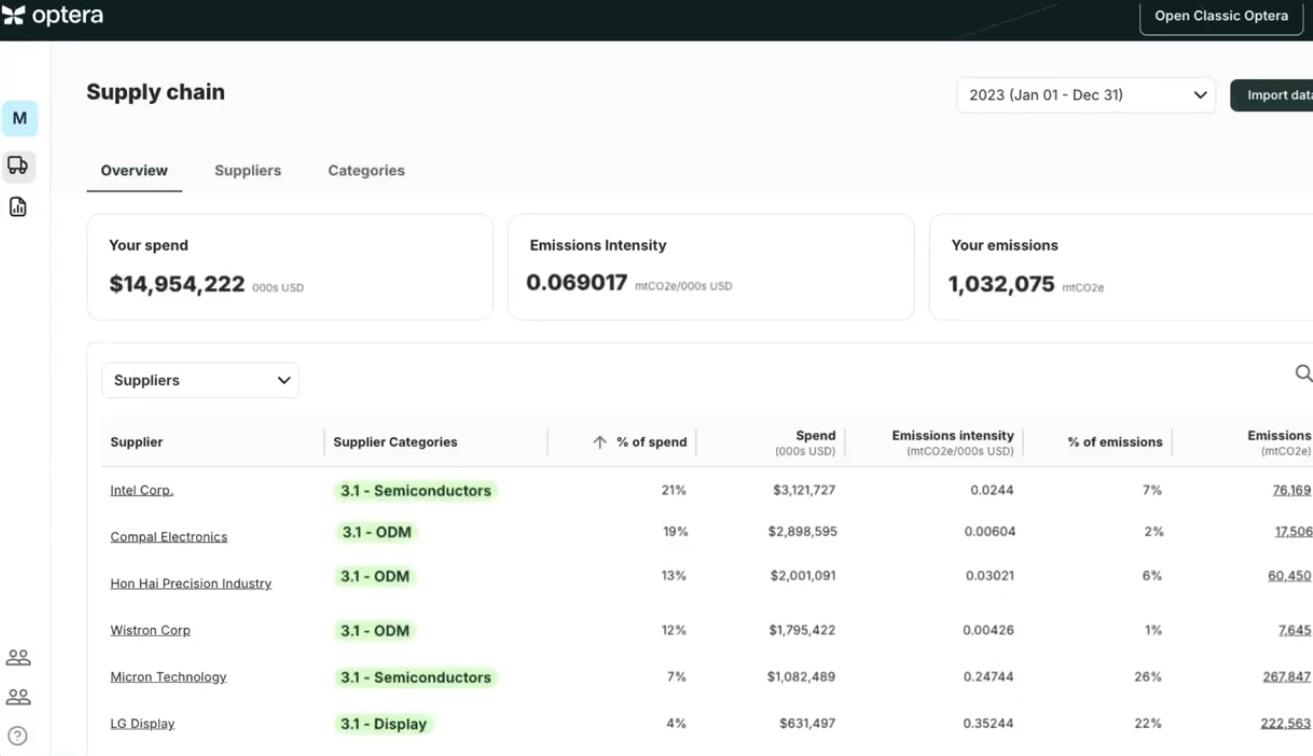Moody’s to Update its ESG Assessment Methodology
Moody’s ESG Solutions announced the launch of a consultation, seeking input from clients and other market participants on a series of proposed revisions to its ESG assessment methodology. Proposals include adding new ESG subcategories assessed, growing the number of industry frameworks applied, and enhancing transparency into the ESG Scoring methodology.
Moody’s ESG Solutions provides ESG scores and assessments for over 5,000 large cap companies, encompassing hundreds of ESG data points to measure the degree to which companies manage their exposure to ESG factors that are material to their stakeholders and business. The assessments are based on a double materiality approach, which considers the impact of ESG factors on enterprise value, as well as the social and environmental impact of company activities.
The revised methodology proposes several changes, including introducing new subcategories that the assessments will examine, including physical climate risks, cyber and technology risks and responsible tax, and increasing the number of industry frameworks to 51 from 40, in order to enable ESG factors to be more appropriately weighted for precise analysis. Moody’s is also proposing refinements to its double materiality approach, and enhancements to the data structure supporting the ESG assessments to offer greater transparency into the scoring methodology. Additionally, Moody’s aims to add on overall ESG grade, allowing users to quickly understand an entity’s relative ESG performance.
Julia Haake, Managing Director – Market Strategy at Moody’s ESG Solutions, said:
“As the ESG landscape is constantly evolving, it is important to make periodic enhancements to ensure that our ESG Assessment methodology remains in line with market needs. This consultation gives us an opportunity to hear from a range of market participants about how they view the different principles and concepts underpinning our ESG Assessments, and ensure we have a robust methodology in place to measure ESG risks and opportunities both from an enterprise value perspective, and from the perspective of all stakeholders.”
Click here to access the consultation.





